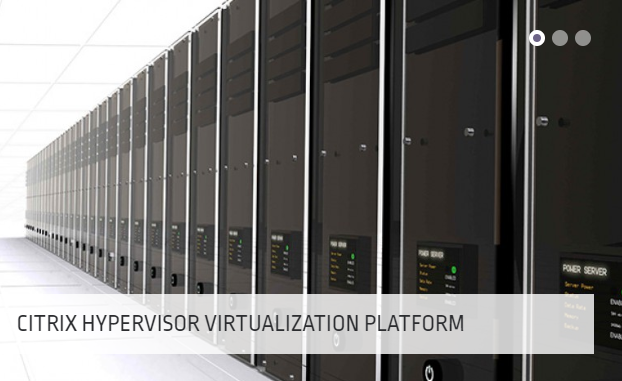Thanks to our contributors and extended community the Citrix Hypervisor (formerly XenServer) is now selectable for comparison at version 8 (and prior).
We’ve updated the Citrix Hypervisor in the Virtualization Matrix a while back but never got round to let you know about the major updates that it brought along. So here it is 😉
Is ‘Xenserver’ dead?
Whatever your view on XenServer as ‘general purpose’ hypervisor, in our view the Citrix Hypervisor continues to remain the best choice for Citrix Virtual Apps and Desktops. We’ve been covering the the emergence of specialized hypervisors recently with “the end of the hypervisor war?” and new products like Nutanix AVH (suggest to check out this article if you missed it).
Xen quietly retains relevance as cloud hypervisor. AWS is still a heavy (custom) Xen user (in conjunction with moving to KVM since 2017). IBM also still uses Xen as the hypervisor for its public cloud vms. But it has its biggest mind-share in End User Computing (EUC) – and rightly so. It continues to provide leading capabilities for graphical support and all things “VDI”. And given the interest in “Desktop as a Service” approaches one must wonder if we’ll see a wider and more specific “DaaS play” for this hypervisor in the near future. So if someone discounts Xen as irrelevant, remind them that many wanted to declare XenServer dead 8 years ago 😉
So what’s new with the Citrix Hypervisor?
Ok, the most obvious one first … the name change – in a sense “XenServer is dead – long live the “Citrix Hypervisor”. Citrix Hypervisor 8.0 is available in the following editions, Premium Edition (previously Enterprise Edition), Standard Edition, Express Edition (previously Free Edition).
As a major release, Citrix Hypervisor 8 brings the following key improvements:
General
- Platform has been updated to use the Kernel version: Linux 4.14, Xen hypervisor version: 4.11 and Control domain operating system version: CentOS 7.5
- New online documentation – Web-based help for XenCenter and Citrix Hypervisor Conversion Manager
- introduces Experimental support for UEFI boot for Windows VMs, which improve the boot times
- Create VDIs greater than 2 TiB – enables support for disks larger than two terabytes and provides an updated list of supported Linux guest OSs
- Online LUN resize for GFS2 SRs – you can now perform online LUN resize for GFS2 SRs.
EUC/VDI
- Becomes the only hypervisor to support snapshots for vGPU enabled VMs and live Migration of GPU-enabled VMs with vGPU XenMotion.
- Full support for Windows Server 2019 VMs has also been added to our Long Term Service Release (LTSR) 7.1 CU2
For a full list of features and changes see the release notes here
Don’t forget to check out the leadership table in the VIrtualizationMatrix (or in any of the related EUC comparisons – do you know them?)
Application Virtualization by Rorymon and AppVirtGuru – GPUs (DataCenter) by TeamRGE – Application Layering by AppVirtGuru – Enterprise Mobility Management by Ajay Walia as well as “Desktop as a service”
Gica Livada – WhatMatrix Community Consultant [Virtualization/Cloud/Security]

Gica Livada

Latest posts by Gica Livada (see all)
- What does the future hold for Citrix’s Hypervisor? - August 30, 2019
- XenServer 7.3 What’s New and what stays FREE? - January 10, 2018
- Want the best graphical user experience? Five cool features in XenXerver 7.2 - June 29, 2017





